Home>Gardening & Outdoor>Plant Care & Gardening Tips>When Is Wildflower Season In Smoky Mountain Park?
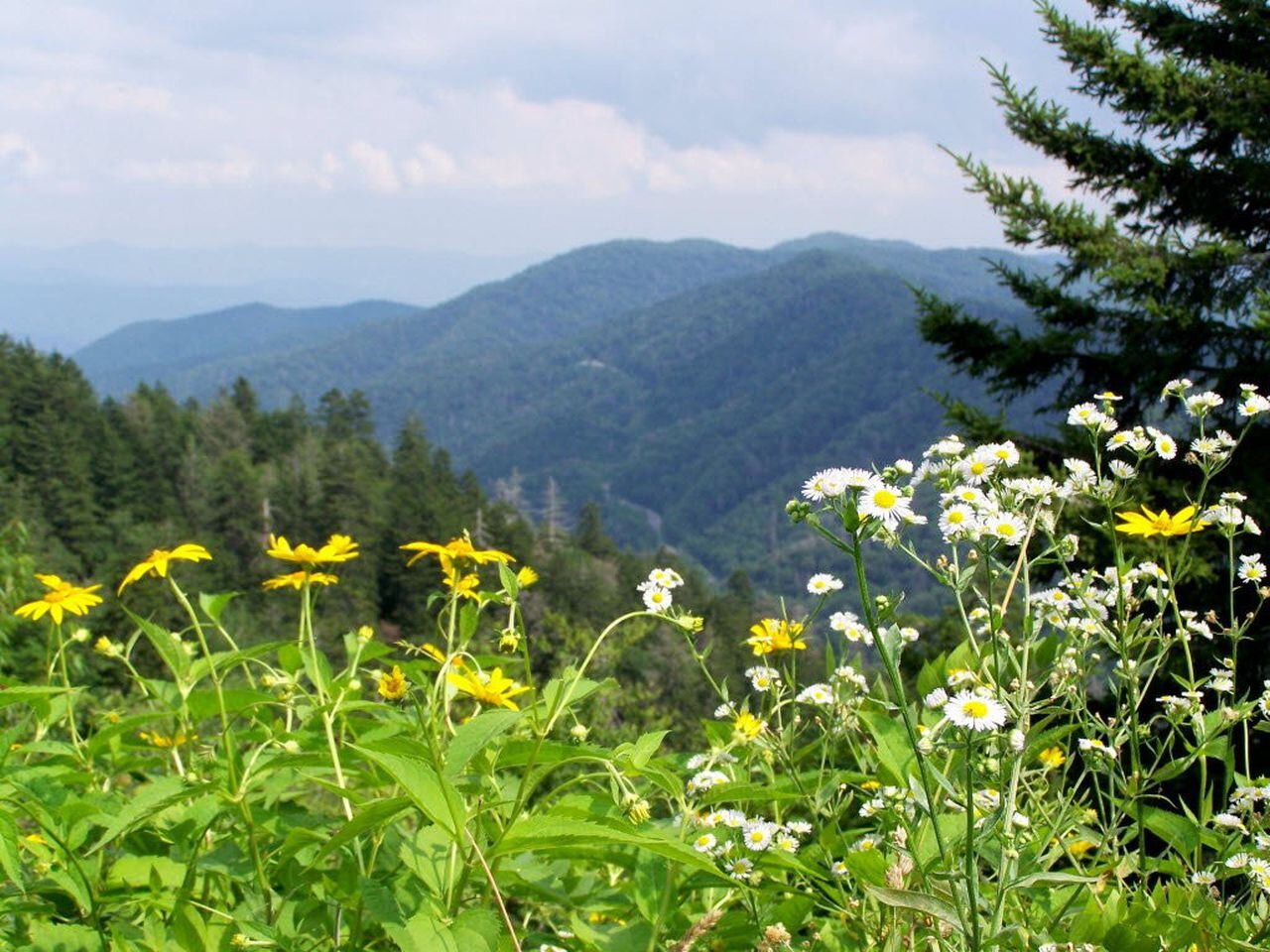

Plant Care & Gardening Tips
When Is Wildflower Season In Smoky Mountain Park?
Modified: January 9, 2024
Discover the best time to experience the vibrant wildflower season in Smoky Mountain Park. Get expert plant care and gardening tips for a blooming adventure.
(Many of the links in this article redirect to a specific reviewed product. Your purchase of these products through affiliate links helps to generate commission for Storables.com, at no extra cost. Learn more)
**
Introduction
**
Welcome to the enchanting world of wildflowers in the Smoky Mountain Park! As nature awakens from its winter slumber, the landscape undergoes a breathtaking transformation, adorned with vibrant hues and delicate blooms. Exploring the wildflower season in the Smoky Mountain Park is an experience that immerses you in the beauty and diversity of the region's flora.
The arrival of spring heralds the emergence of a myriad of wildflowers, painting the meadows, forests, and hillsides with a kaleidoscope of colors. From the iconic trillium and lady's slipper to the lesser-known but equally captivating species, the Smoky Mountain Park is a haven for wildflower enthusiasts and nature lovers alike.
In this guide, we'll delve into the captivating world of wildflowers, exploring the factors that influence their blooms, the best times to witness this natural spectacle, and the popular hiking trails that offer a front-row seat to the breathtaking displays. Whether you're an avid botanist, a photography enthusiast, or simply someone who appreciates the wonders of nature, the wildflower season in the Smoky Mountain Park promises an unforgettable journey of discovery and beauty.
Join us as we embark on a captivating exploration of the wildflower season in the Smoky Mountain Park, where every petal tells a story and every bloom is a testament to the resilience and beauty of the natural world.
Key Takeaways:
- Experience the vibrant wildflower season in Smoky Mountain Park from late March to early August, with each phase offering unique blooms and captivating displays.
- Explore popular hiking trails to witness the ever-changing canvas of wildflowers, from early spring trillium to late-summer asters, in the Smoky Mountain Park.
Read more: When Is The Wildflower Event In The Smokies
Understanding Wildflower Season
Wildflower season refers to the period when various species of wildflowers bloom, transforming the landscape with their vibrant colors and delicate petals. This natural phenomenon is a captivating display of nature’s artistry, offering a glimpse into the diverse and intricate world of flowering plants.
Wildflowers typically follow a seasonal pattern, with their blooms synchronized to specific environmental cues such as temperature, daylight duration, and precipitation. Understanding the factors that influence wildflower blooms is essential for appreciating and predicting the timing of these breathtaking displays.
One of the key factors influencing wildflower season is the transition from winter to spring. As temperatures rise and daylight hours lengthen, dormant wildflower species begin to awaken from their winter dormancy. This transition triggers the growth and flowering process, culminating in the spectacular displays that characterize the wildflower season.
Additionally, the availability of moisture plays a pivotal role in wildflower blooms. Adequate rainfall or snowmelt provides the essential hydration that wildflowers need to thrive, ensuring that the landscape is adorned with an abundance of blooms during the peak of the wildflower season.
Furthermore, the ecological diversity of an area contributes to the richness of its wildflower season. Different habitats, from meadows and woodlands to mountain slopes and wetlands, harbor a diverse array of wildflower species, each adapted to thrive in specific environmental conditions. This ecological diversity creates a tapestry of blooms, with each habitat offering its own unique display of wildflowers.
By understanding the environmental cues, ecological diversity, and the interplay of factors that influence wildflower blooms, we gain a deeper appreciation for the seasonal spectacle that unfolds in the natural world. The wildflower season in the Smoky Mountain Park is a testament to the intricate dance of nature, where each bloom is a testament to the resilience and beauty of the natural world.
Factors Affecting Wildflower Blooms
The timing and abundance of wildflower blooms are influenced by a myriad of factors, each playing a crucial role in shaping the seasonal spectacle of floral displays. Understanding these factors provides insight into the intricate mechanisms that govern wildflower blooms and the nuances of the natural world.
Climate and Weather:
Climate and weather patterns significantly impact wildflower blooms. Temperature fluctuations, precipitation, and seasonal variations dictate the timing and duration of the wildflower season. Adequate moisture and moderate temperatures create optimal conditions for wildflowers to bloom, while extreme weather events can disrupt or delay the blooming process.
Elevation and Topography:
Elevation and topography play a pivotal role in shaping the wildflower season. Different elevations exhibit varying microclimates, influencing the timing of blooms at higher altitudes versus lower-lying areas. Additionally, the topography of an area, including sun exposure and soil composition, can create distinct habitats that support different wildflower species.
Soil Conditions:
The composition and fertility of the soil directly impact wildflower blooms. Certain species thrive in specific soil types, and soil moisture levels play a critical role in supporting healthy growth and blooming. Understanding the soil conditions of an area provides valuable insights into the potential wildflower displays that may unfold.
Ecological Interactions:
The interactions between wildflower species, pollinators, and other organisms contribute to the dynamics of wildflower blooms. Pollinators such as bees, butterflies, and hummingbirds play a vital role in the reproductive success of wildflowers, influencing their abundance and distribution. Ecological relationships within a habitat shape the wildflower community and the timing of their blooms.
Human Impact:
Human activities and land use can also affect wildflower blooms. Habitat destruction, invasive species, and pollution can disrupt natural ecosystems and impact the abundance and diversity of wildflowers. Conservation efforts and sustainable land management play a crucial role in preserving the wildflower habitats and ensuring the continuity of their seasonal displays.
By considering these factors, we gain a deeper understanding of the intricate web of influences that shape wildflower blooms. The seasonal displays of wildflowers in the Smoky Mountain Park are a testament to the delicate balance of these factors, offering a captivating glimpse into the interconnectedness of nature’s wonders.
Wildflower Season in Smoky Mountain Park
The Smoky Mountain Park boasts a rich tapestry of wildflowers, offering a captivating display of nature’s botanical diversity. The wildflower season in the park unfolds with a symphony of colors, as the landscape becomes adorned with an array of native species, each contributing to the visual splendor of the natural surroundings.
The wildflower season in the Smoky Mountain Park typically spans from late March to early August, encompassing a progression of blooms that unfolds across the varied elevations and habitats within the park. This extended season allows visitors ample opportunities to witness the ever-changing floral displays, each phase offering its own unique charm and botanical treasures.
Spring Blooms:
As the park emerges from the grip of winter, the lower elevations come alive with the delicate blooms of trillium, violets, and bloodroot. The forest floor transforms into a carpet of white, purple, and yellow, signaling the arrival of spring and the resurgence of life after the winter dormancy.
Mid-Summer Displays:
As the season progresses, mid-summer brings forth a profusion of wildflowers at higher elevations, where mountain laurel, flame azaleas, and coneflowers paint the hillsides with vibrant hues. The montane meadows and slopes become adorned with a diverse array of blooms, creating a spectacle that captivates the senses and showcases the resilience of alpine flora.
Late-Summer Treasures:
Even as the summer sun reaches its peak, the high-elevation balds and ridges reveal late-blooming treasures such as asters, goldenrods, and gentians. These late-summer blooms add a final flourish to the wildflower season, offering a glimpse of nature’s tenacity and the enduring beauty of the mountain landscapes.
The Smoky Mountain Park’s wildflower season is a testament to the ecological richness and botanical wonders that thrive within its boundaries. The diverse habitats, ranging from lush forests and meandering streams to windswept peaks and verdant valleys, create an ideal environment for a stunning variety of wildflowers to flourish.
Whether you’re a seasoned botanist, an avid hiker, or a casual nature enthusiast, the wildflower season in the Smoky Mountain Park offers an immersive and awe-inspiring experience, inviting you to witness the ever-changing canvas of colors that unfold with each passing week.
Wildflower season in Smoky Mountain Park typically peaks in late April to early May, but can vary depending on weather conditions. Check with the park’s visitor center for current bloom updates.
Best Times to See Wildflowers
Timing your visit to the Smoky Mountain Park to coincide with the peak of the wildflower season ensures an unforgettable and visually stunning experience. Understanding the best times to see wildflowers allows you to witness nature’s floral spectacle at its most vibrant and captivating stage.
Late March to Early April:
At lower elevations and in sun-drenched areas, the wildflower season commences with the emergence of early spring blooms. Look for trillium, bloodroot, and hepatica adorning the forest floor, signaling the arrival of spring and the awakening of the park’s floral tapestry.
Mid-April to Late May:
As spring transitions into early summer, the mid-elevations and woodlands come alive with a profusion of blooms, including showy orchids, violets, and phlox. The hillsides and meadows become painted with a diverse palette of colors, offering a captivating display of floral diversity and abundance.
Late May to Early June:
At mid-elevations and along streams, the late spring to early summer period showcases the delicate beauty of mountain laurel, flame azaleas, and rhododendrons. These iconic blooms create a breathtaking backdrop for hiking and photography, adding a touch of elegance to the park’s natural landscapes.
Mid-June to Late July:
As summer unfolds, the high-elevation meadows and balds become adorned with a stunning array of wildflowers, including coneflowers, black-eyed Susans, and butterfly weeds. The alpine flora creates a visual symphony of colors, offering a striking contrast against the mountain vistas and expansive skies.
Late July to Early August:
Even as summer reaches its peak, late-blooming treasures such as asters, goldenrods, and ironweeds grace the high-elevation ridges and open woodlands. These late-summer blooms add a final flourish to the wildflower season, showcasing nature’s resilience and the enduring beauty of the mountain landscapes.
By aligning your visit with these seasonal milestones, you can witness the ever-changing displays of wildflowers that unfold across the Smoky Mountain Park. Whether you prefer the delicate blooms of early spring or the vibrant hues of mid-summer, each phase of the wildflower season offers a unique and captivating experience, inviting you to immerse yourself in the natural wonders of the park.
Popular Wildflower Hiking Trails
Exploring the wildflower season in the Smoky Mountain Park is best experienced through its network of scenic hiking trails, each offering a front-row seat to the breathtaking displays of floral beauty. Whether you’re a casual stroller or an avid hiker, these popular trails provide an immersive and enriching journey through the park’s diverse landscapes and vibrant wildflower habitats.
Porters Creek Trail:
This moderate trail meanders through a historic homestead and follows the gentle flow of Porters Creek, offering a picturesque setting for wildflower enthusiasts. In the spring, the trail is adorned with trillium, violets, and white fringed phacelia, creating a mesmerizing display of early spring blooms.
Alum Cave Trail:
Known for its striking geological features and panoramic vistas, the Alum Cave Trail also offers a captivating wildflower experience. Hikers can spot delicate blooms such as Dutchman’s breeches, hepatica, and showy orchis along the trail, adding a touch of botanical charm to the rugged beauty of the landscape.
Gregory Bald Trail:
This trail leads to the iconic Gregory Bald, renowned for its expansive grassy summit and breathtaking views. During the wildflower season, the bald becomes adorned with flame azaleas, creating a stunning display of vibrant colors that contrast against the panoramic backdrop of the surrounding mountains.
Roaring Fork Motor Nature Trail:
For those seeking a leisurely drive with ample opportunities for wildflower sightings, the Roaring Fork Motor Nature Trail offers a scenic route through lush forests and cascading streams. Look for blooms such as trillium, foamflower, and fire pink along the road, providing a delightful introduction to the park’s floral diversity.
Andrews Bald Trail:
This moderate trail leads to the expansive Andrews Bald, where hikers are treated to sweeping views and a rich tapestry of wildflowers. During the mid-summer season, the bald becomes adorned with purple-fringed orchids, bee balm, and black-eyed Susans, creating a vibrant and visually stunning display.
Cove Hardwood Nature Trail:
Offering an accessible and family-friendly hike, the Cove Hardwood Nature Trail winds through a diverse forest ecosystem that bursts with wildflowers during the spring and early summer. Visitors can admire blooms such as trillium, violets, and mayapples, all while enjoying the tranquil beauty of the forested surroundings.
These popular wildflower hiking trails provide a gateway to the captivating displays of floral beauty that define the wildflower season in the Smoky Mountain Park. Whether you’re seeking a leisurely stroll or a challenging hike, each trail offers a unique opportunity to immerse yourself in the natural wonders of the park and witness the ever-changing canvas of wildflowers that grace its landscapes.
Conclusion
The wildflower season in the Smoky Mountain Park is a celebration of nature’s artistry, inviting visitors to embark on a captivating journey through a landscape adorned with the vibrant hues and delicate blooms of native wildflowers. From the early spring trillium to the late-summer asters, each phase of the wildflower season offers a unique and enchanting experience, showcasing the botanical diversity and ecological richness of the park.
By understanding the factors that influence wildflower blooms and the best times to witness these natural spectacles, visitors can align their experiences with the ever-changing displays of floral beauty that unfold across the park’s varied elevations and habitats. Whether exploring popular wildflower hiking trails or simply meandering through the park’s meadows and woodlands, the wildflower season offers an immersive and awe-inspiring experience for nature enthusiasts of all ages.
As we bid farewell to this guide, we invite you to embrace the allure of the wildflower season in the Smoky Mountain Park, where every petal tells a story and every bloom is a testament to the resilience and beauty of the natural world. Whether you’re a seasoned botanist, an avid hiker, or someone who simply appreciates the wonders of nature, the wildflower season beckons, promising an unforgettable journey of discovery and beauty amidst the breathtaking landscapes of the Smoky Mountains.
So, lace up your hiking boots, pack your camera, and set out to witness the ever-changing canvas of wildflowers that grace the Smoky Mountain Park, where nature’s floral symphony awaits, ready to captivate your senses and inspire your soul.
Frequently Asked Questions about When Is Wildflower Season In Smoky Mountain Park?
Was this page helpful?
At Storables.com, we guarantee accurate and reliable information. Our content, validated by Expert Board Contributors, is crafted following stringent Editorial Policies. We're committed to providing you with well-researched, expert-backed insights for all your informational needs.
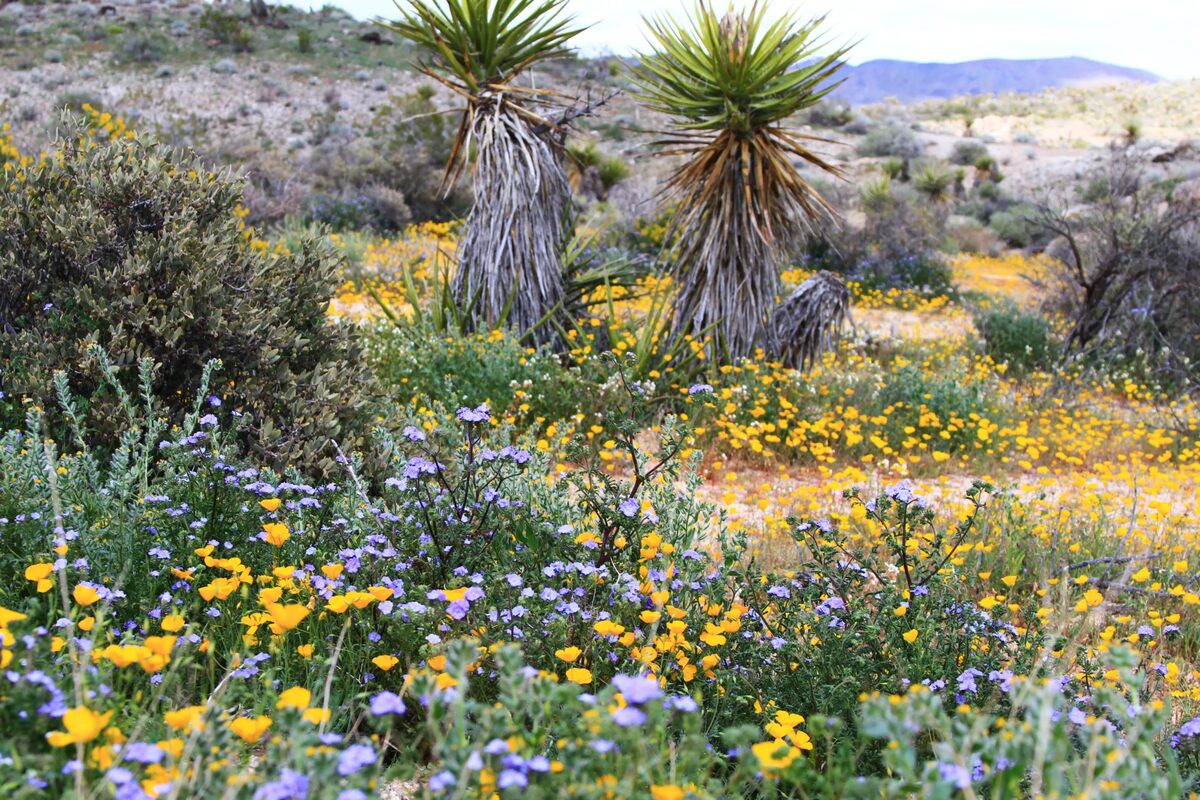
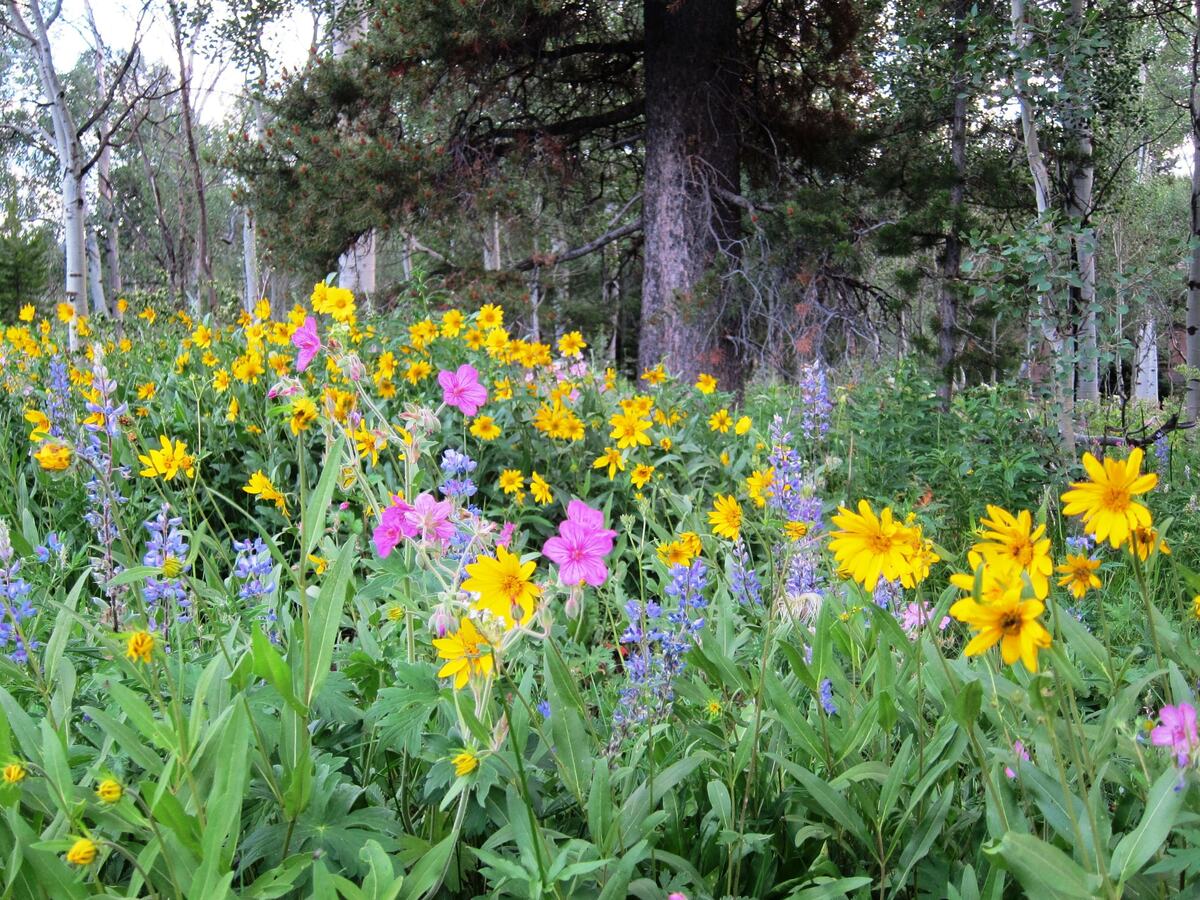
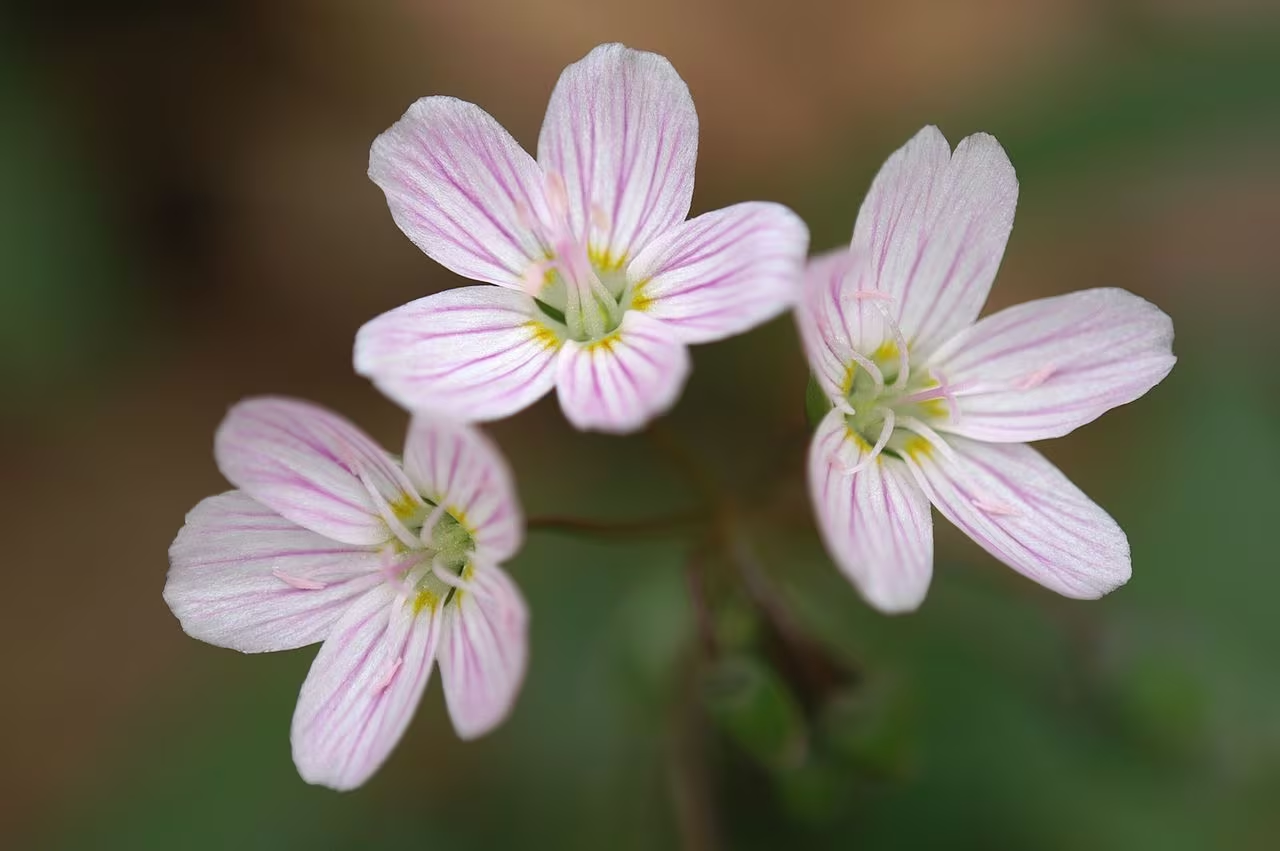
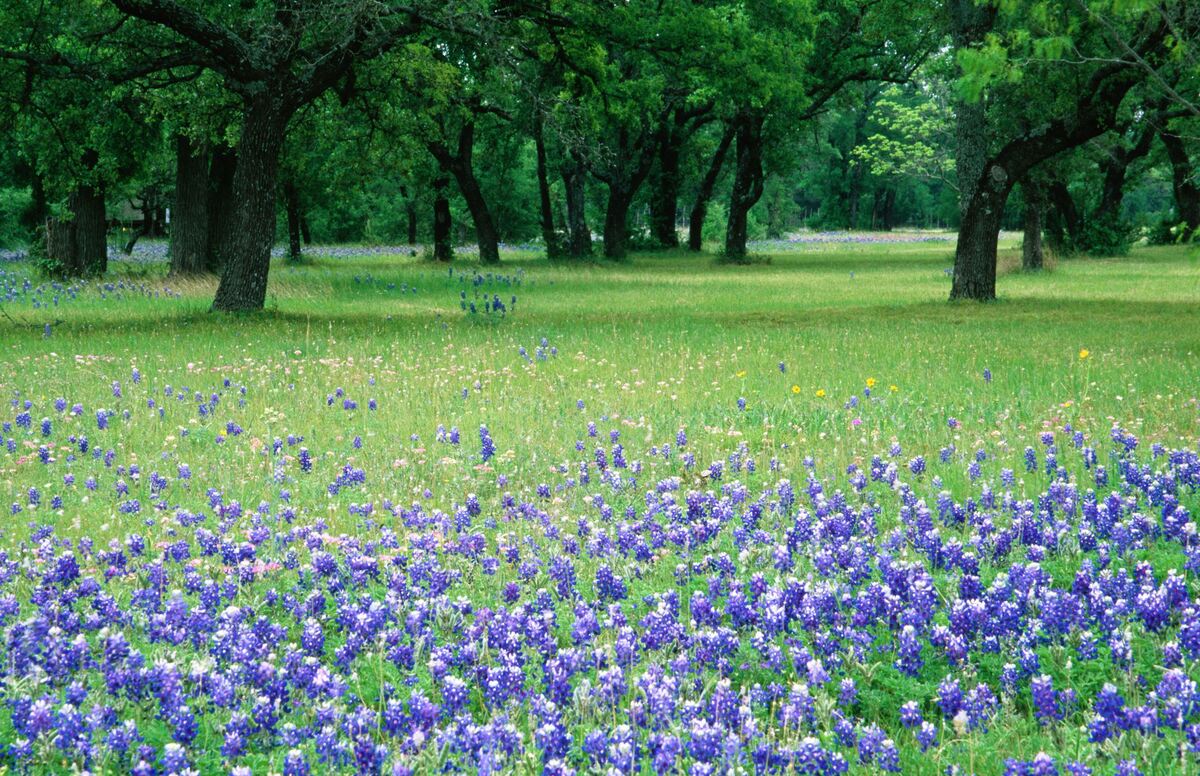
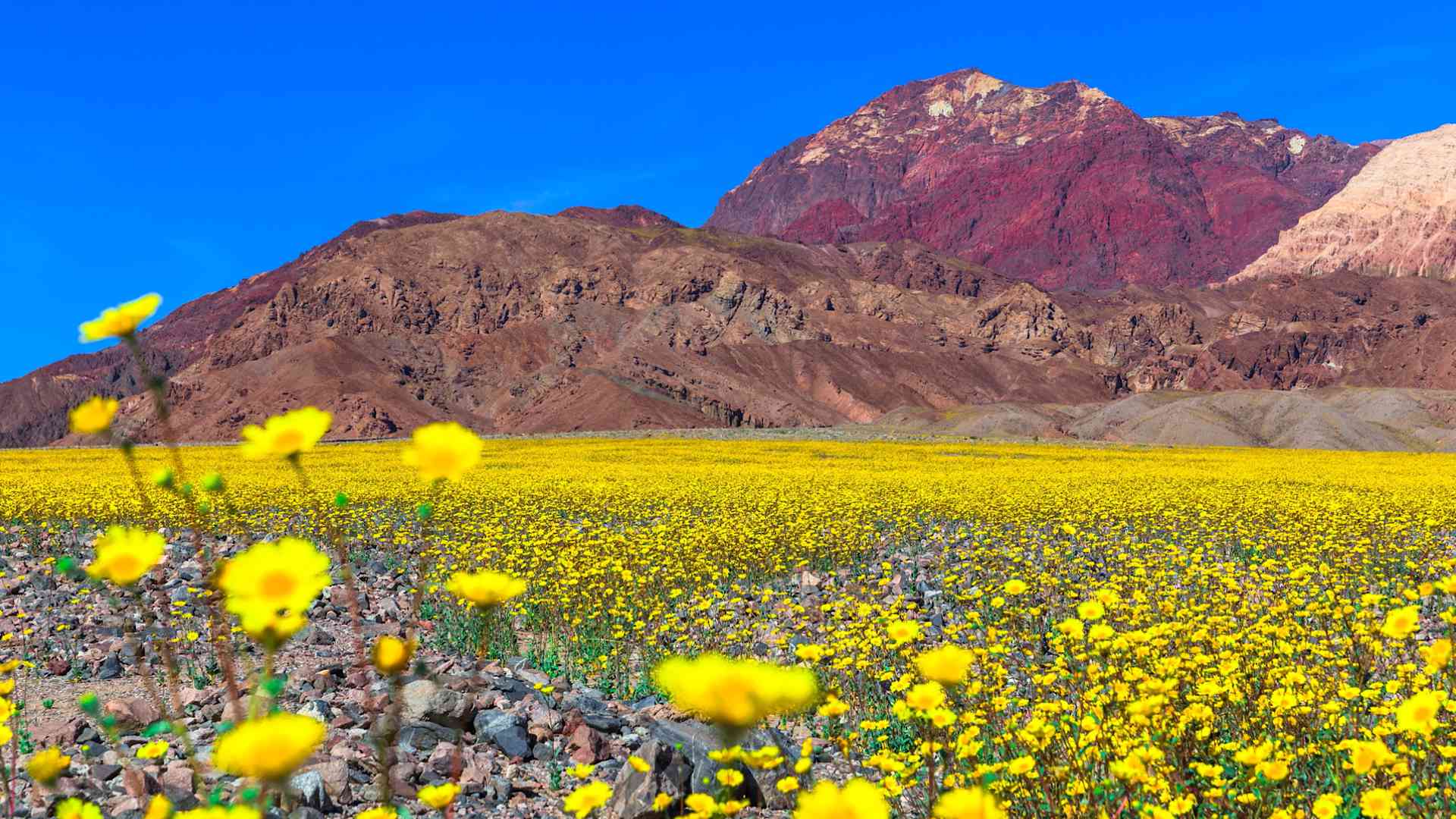
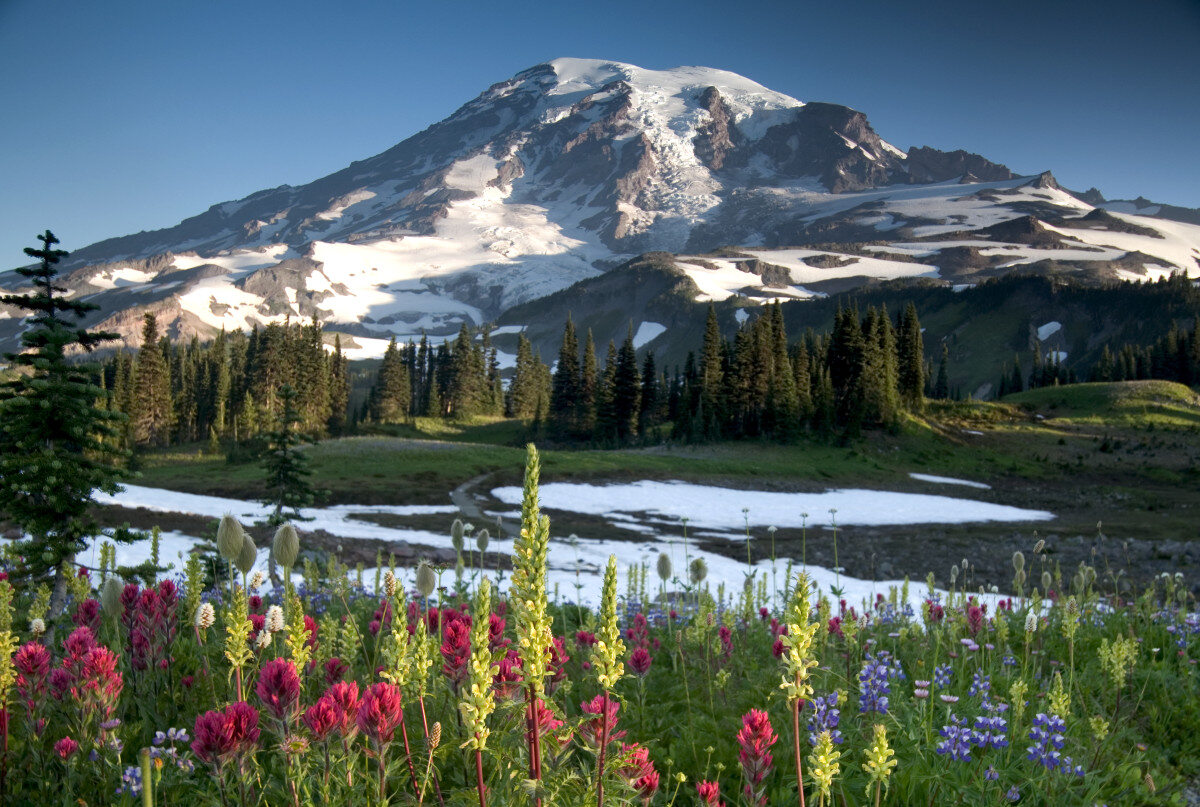
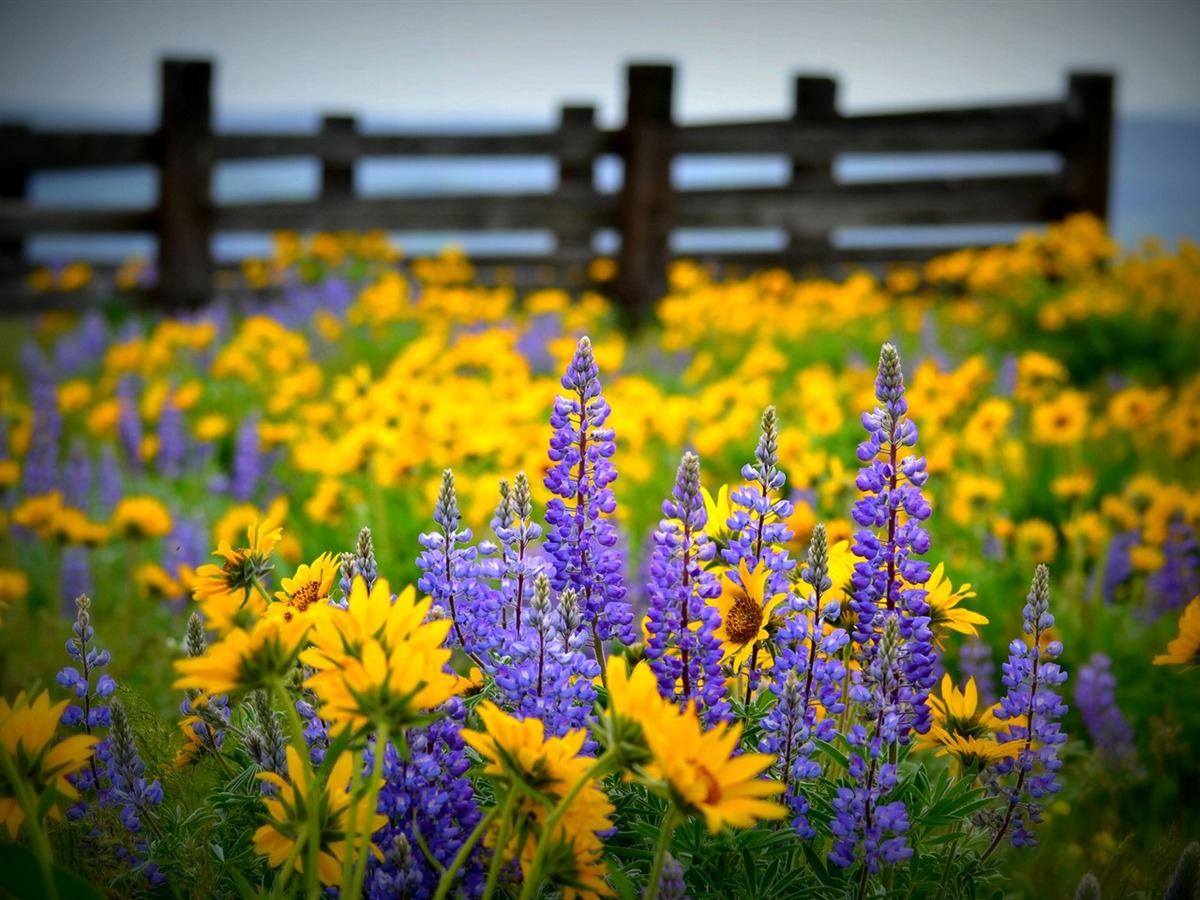
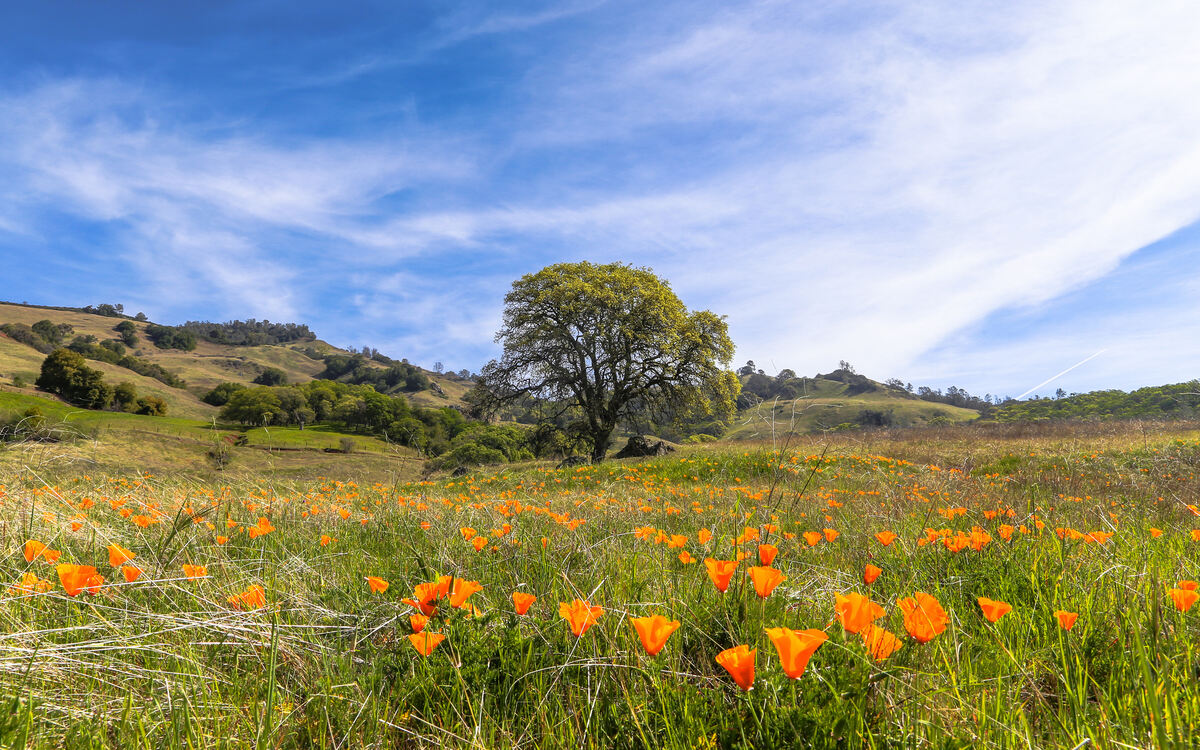
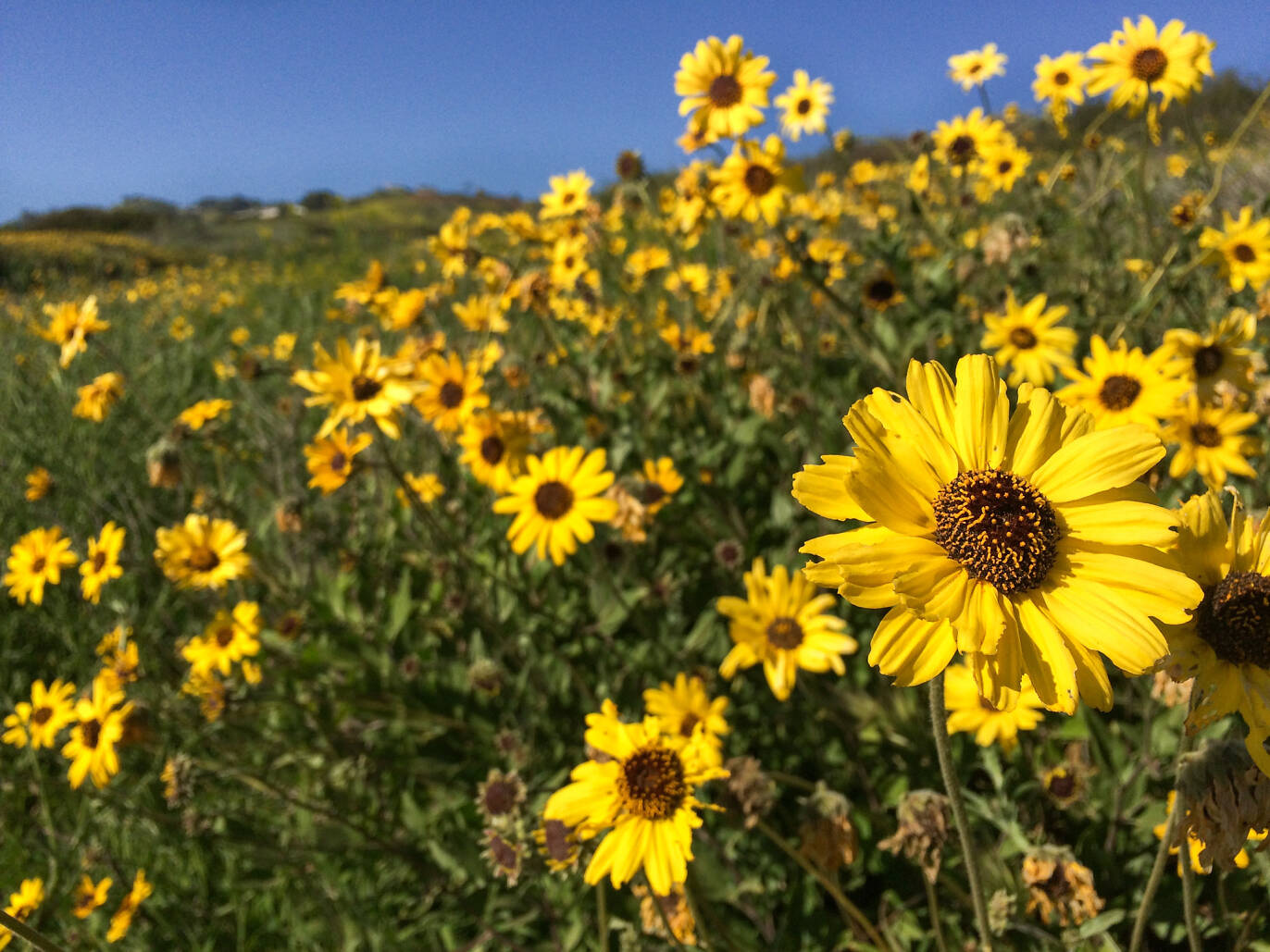
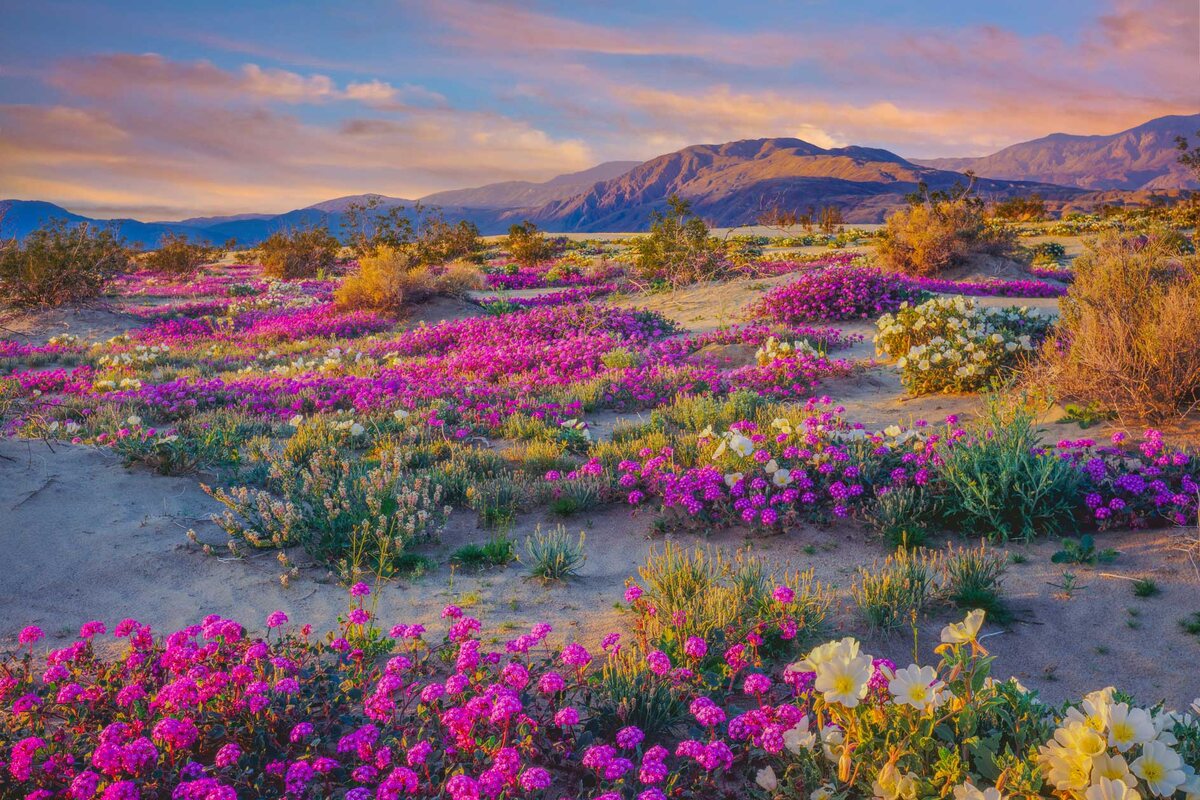
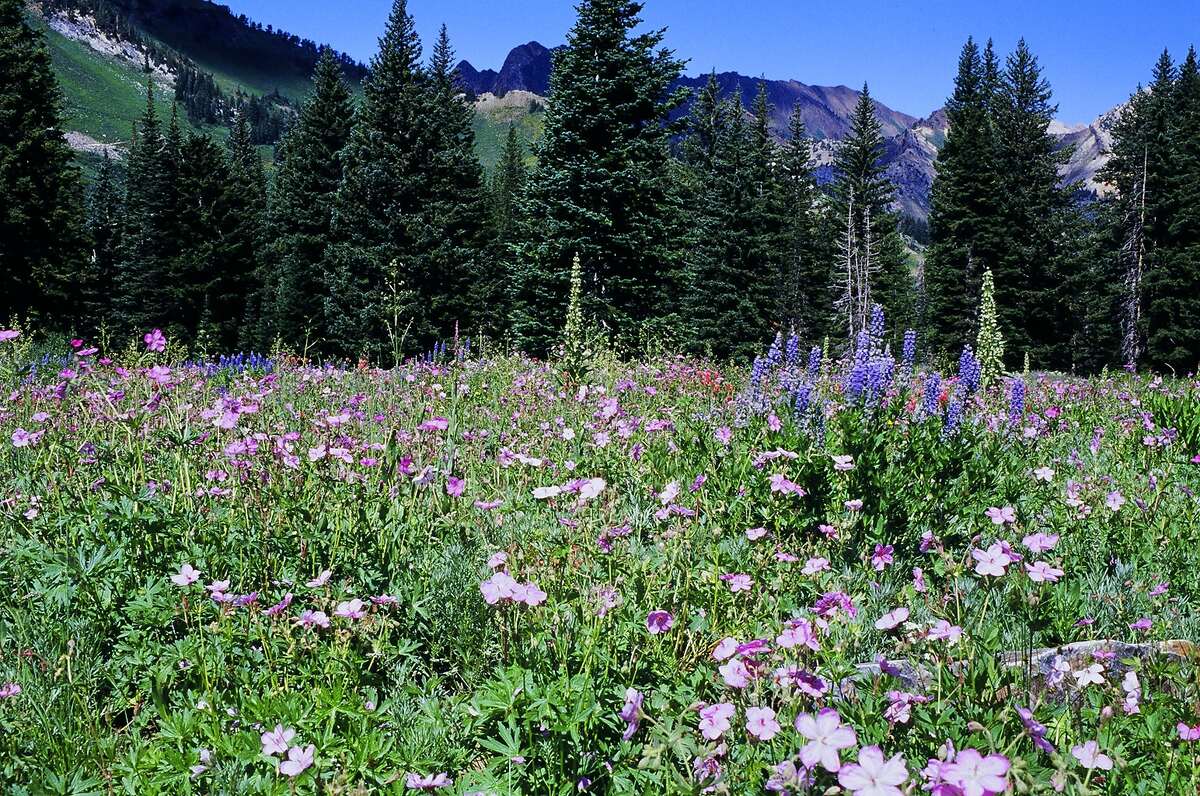
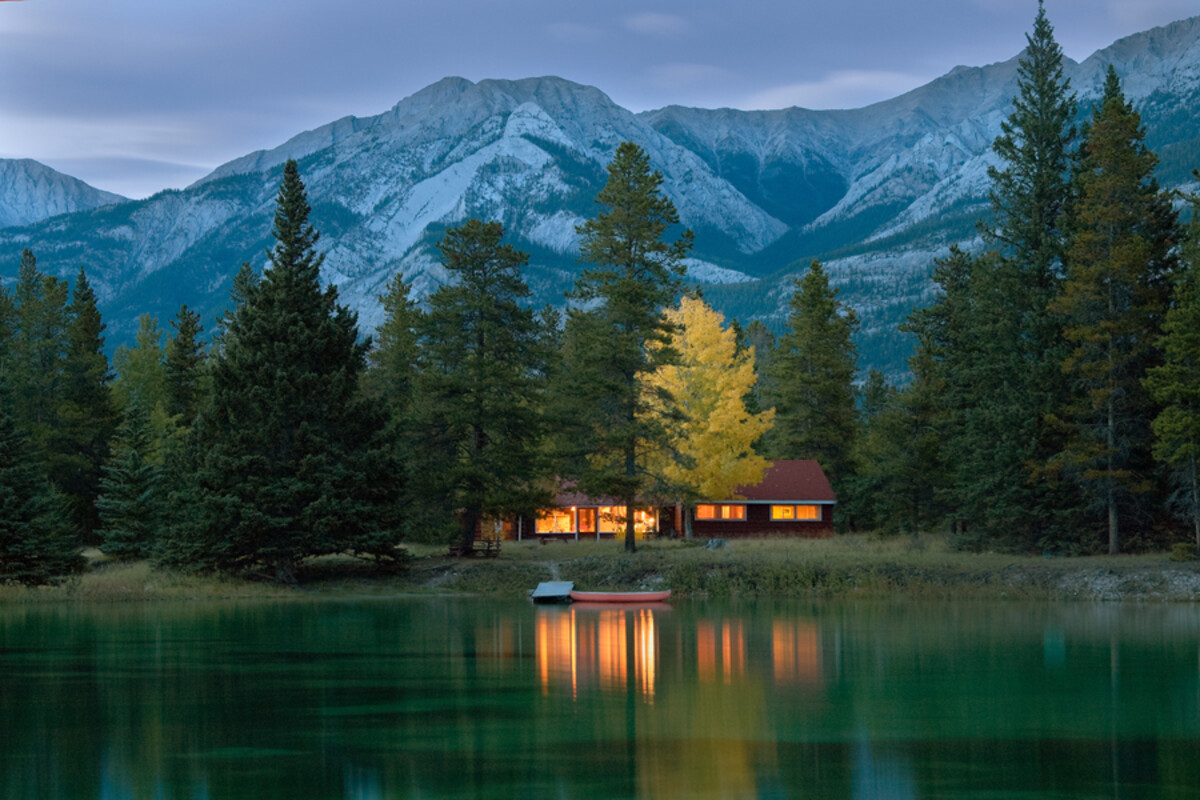
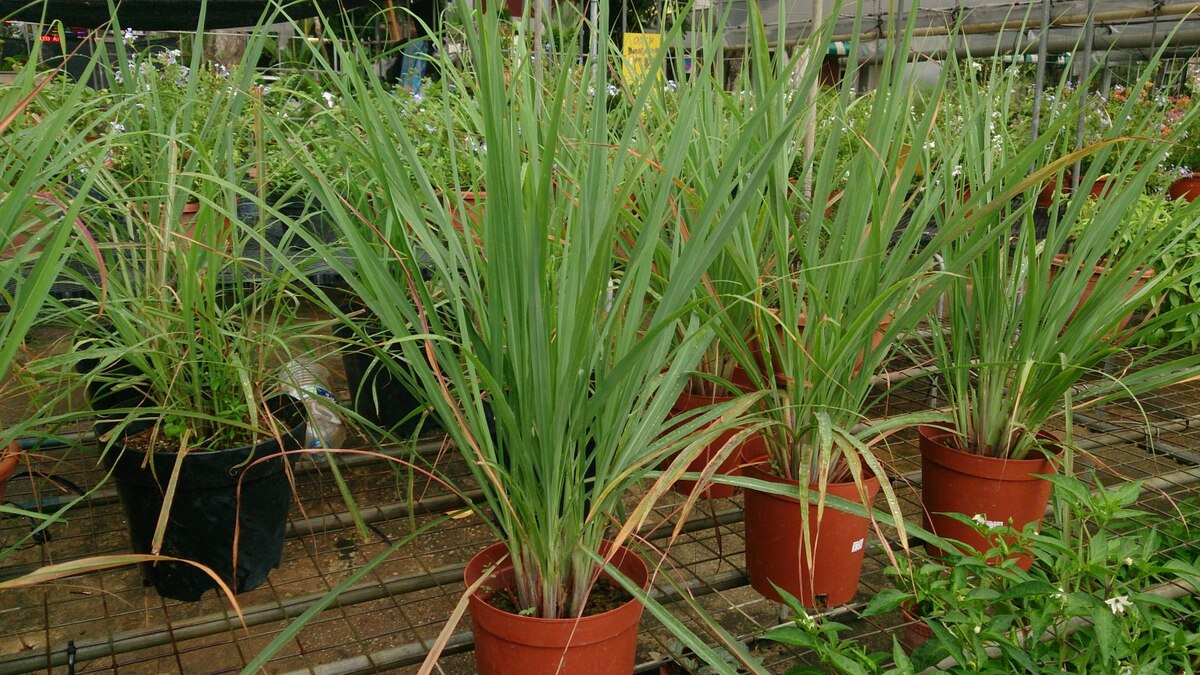
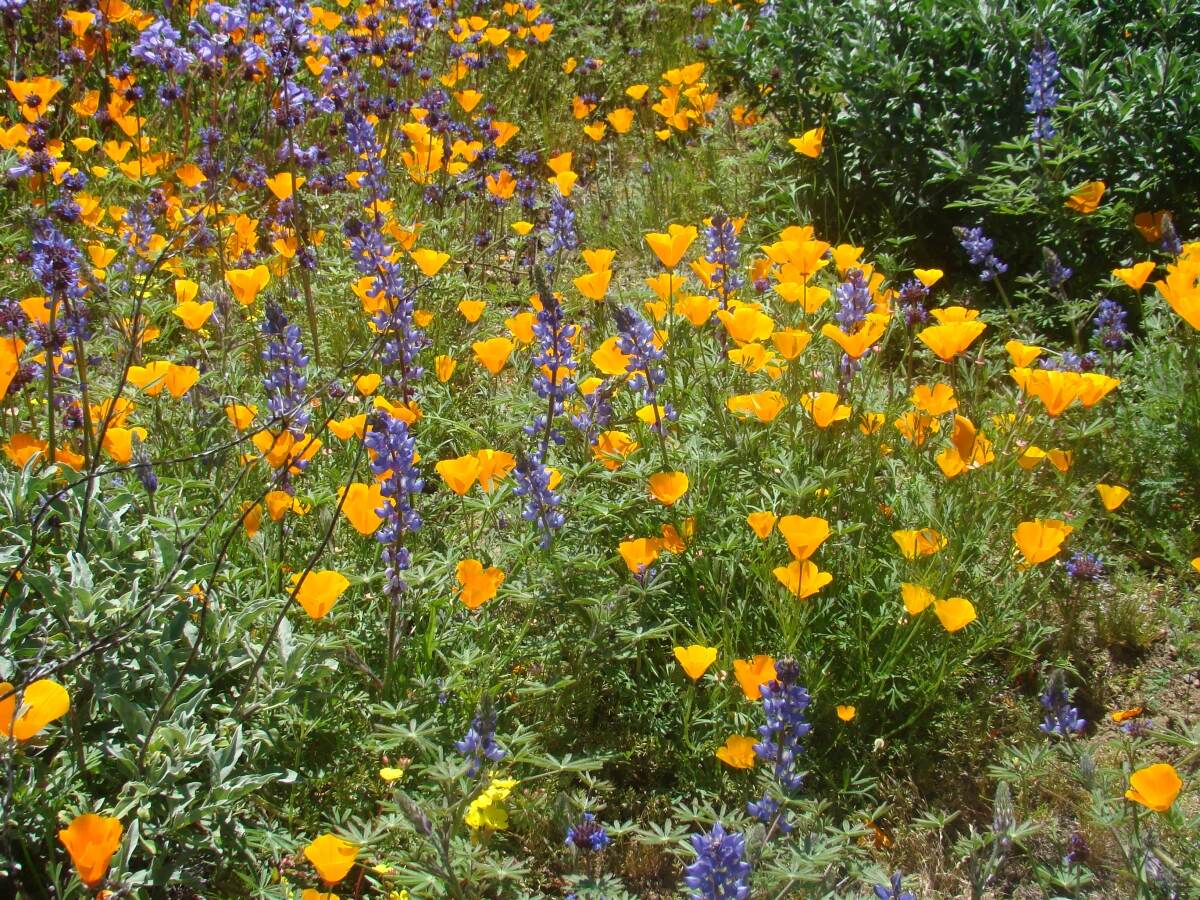

0 thoughts on “When Is Wildflower Season In Smoky Mountain Park?”